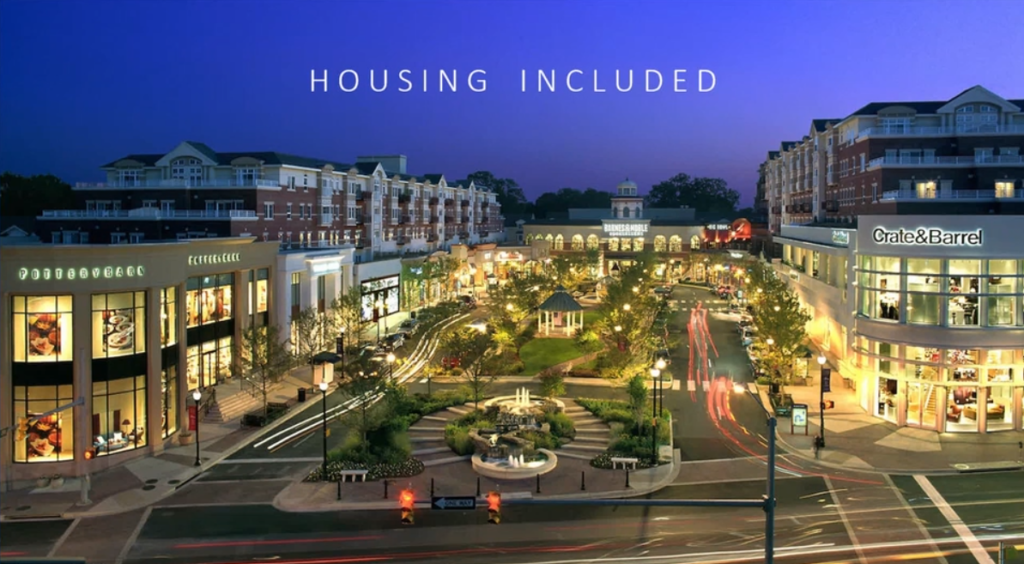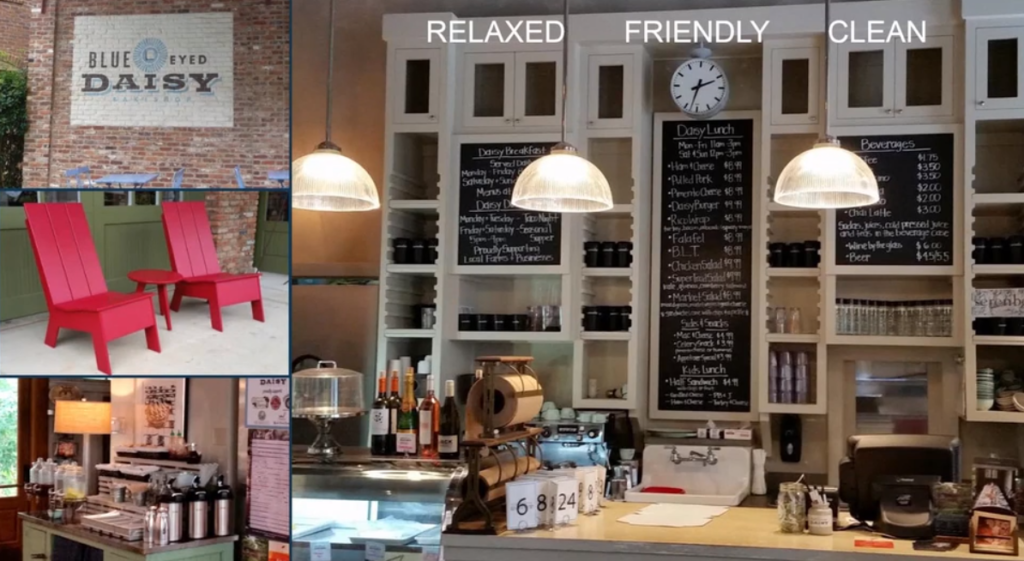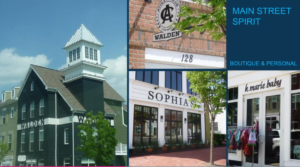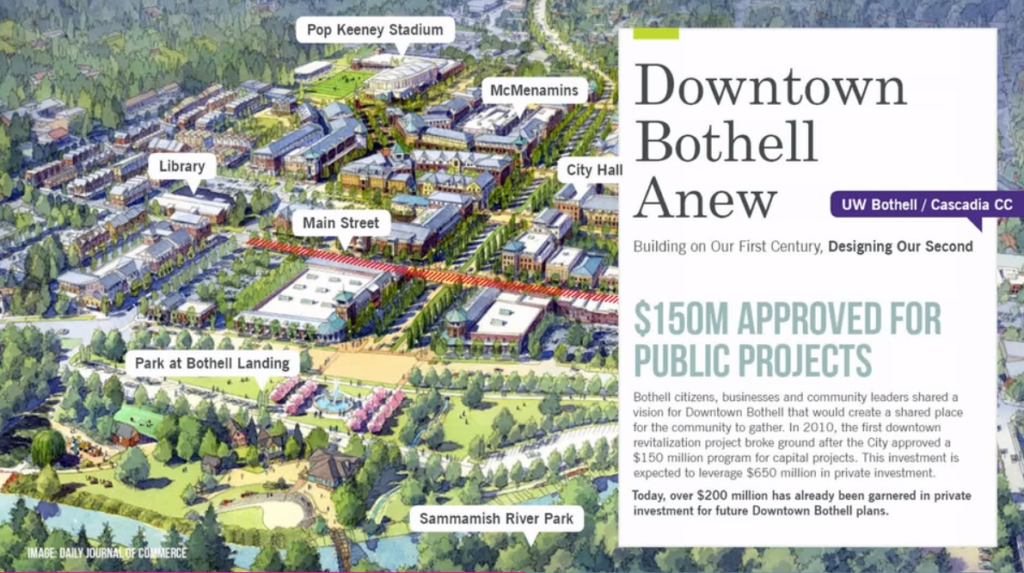By Tess Wittler
Research continues to show that a growing segment of the population, regardless of age, is yearning for a more connected, vibrant lifestyle of urban living. They want to walk down the block for coffee or meet friends after work for drinks, and they want cultural centers and recreational spaces.
 The urban movement, according to Mollie Carmichael of Meyers Research, boils down to three simple factors: respecting time, adding convenience and creating a great lifestyle. While each generation, from Baby Boomers to Millennials, places lifestyle at a different priority level (yet for all in the top three), the urban revolution is here – and is expected to grow. Why? Because of the merging interests of the two biggest consumers – Boomers (77 million) and Millennials (88 million), as pictured above.
The urban movement, according to Mollie Carmichael of Meyers Research, boils down to three simple factors: respecting time, adding convenience and creating a great lifestyle. While each generation, from Baby Boomers to Millennials, places lifestyle at a different priority level (yet for all in the top three), the urban revolution is here – and is expected to grow. Why? Because of the merging interests of the two biggest consumers – Boomers (77 million) and Millennials (88 million), as pictured above.
Urban or urban-like housing solutions cater to these interests and can mean a big opportunity for builders. How can builders capitalize on this “urbanization of the suburbs” by integrating the features of urban living that consumers long for in suburban housing? Let’s explore a few ideas.
Urban Lifestyle in Suburbia
What makes urban lifestyle so appealing for so many? These areas create a connection that is full of energy and a “vibe.” For the last 20 years, we’ve seen lifestyle centers show up on the fringe of metro areas, and this has brought us a new twist to “Main Street” – open-air complexes with boutique shopping, green space, bistros and town centers used for seasonal festivities.

An example of a lifestyle center that now includes housing options.
Over the last 10 years, housing has been integrated into these complexes to allow people to live in this urban vibe. While these centers are popular, most home builders are not creating this type of product in their areas. How do you create an urban vibe in the suburbs?
Creating a Place to Connect
Steve James, AIA, of DTJ Design explains that creating an urban vibe within suburban developments starts by creating a spot where people can easily gather, such as the coffee shop, a pub or at a key intersection where the community center is located. Convenience is a big aspect of the urban lifestyle people want, so including it in your neighborhoods is key.

The coffee shop at Serenbe
Additionally, as a society, we have become incredibly high-tech and are connected 24/7. This has led to a push for finding ways to “unplug” – not forever, but for moments. If builders can create places in their neighborhoods where people can unplug for a bit and connect with others face-to-face, that will add to a project’s success.
For example, Serenbe is an urban community on the fringe of Atlanta, yet many would never guess. From the signage to the farmhouse garden, it conveys a rustic, country feel. It hits the mark for solving the time problem with its convenience to Atlanta but also creates a relaxing, tranquil lifestyle that encourages people to unwind for a bit and connect in real life.
Surban Found on Main Street

Walden’s Main Street Spirit
The “Main Street” spirit can be brought to suburban projects as well, and the builders who are doing it successfully are doing so because they are creating an emotional connection. Walden, located in Mechanicsburg, Pa., has a boutique shopping center called Crossroads, and because they are small, locally owned shops within walking distance, people have an emotional connection with the shops, their staff and the owners. People can also gather at the community firepit or meet at the corner pub, Harty Brewing Co., for a drink after work.

Seattle’s suburbs are a good example of the migration to the urban lifestyle.
Urban Renewal
Located on the outskirts of Seattle, Bothell is a suburban community that has emerged at a time when they can respond to today’s lifestyle trends. Bothell had a $150 million bond approved revitalize the downtown with key infrastructure improvements – all of which creates character. Since it is a college town, apartments were the first to be built, but as more people are drawn to its urban vibe and convenient location, townhouses and single-family homes are being added to the mix.

So how do you capitalize on the urban movement? As Carmichael advises, “Where I’ve seen it actually make a difference to the bottom line is understanding what people value, what they’ll pay for and how you can solve for time, convenience and lifestyle.”
Editor’s Note: The source of this article’s information comes from the 2018 NAHB International Builders’ Show® (IBS) education session, “Bringing the Best of Urban to the Suburban.” More detailed information can be found by watching this session on IBS Education On Demand.
*Images used in this article were taken from the 2018 IBS presentation highlighted in this article.

